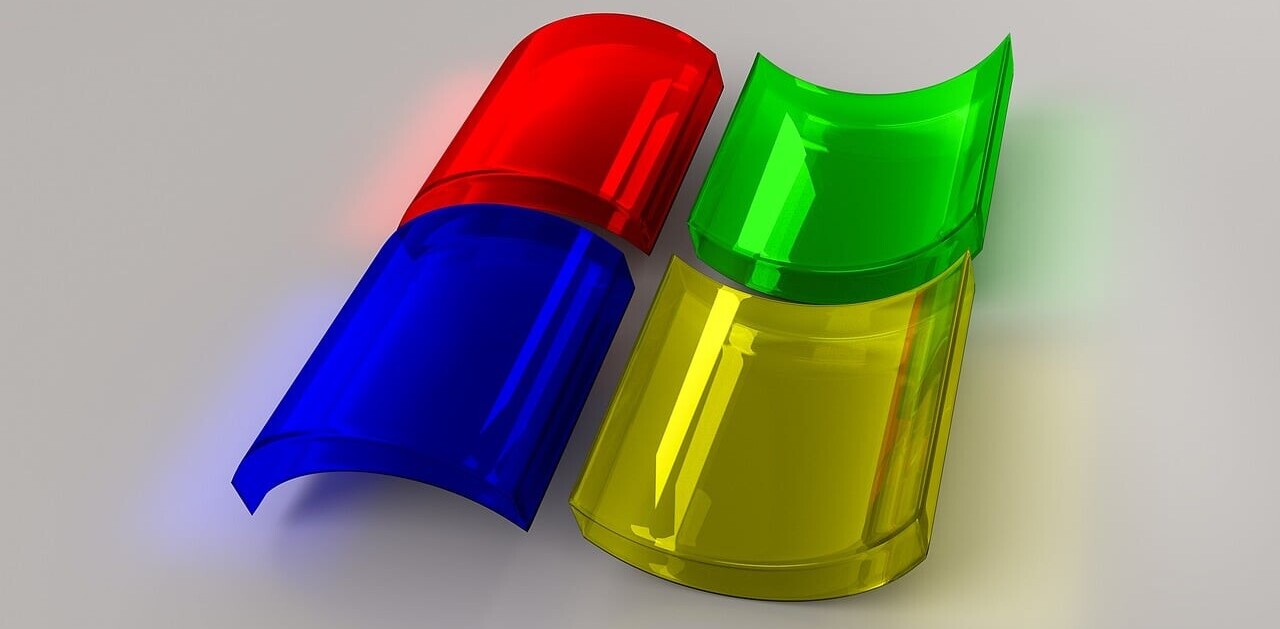
Working with health data is a tricky business. Consumers want to access such information when they need it, and that it be kept safe and secure when they don’t. Regulations, however, are the norm when it comes to health information, making its management rigorous.
Both Google and Microsoft have worked on storing consumer health data online. Google Health kicked off in 2008, but shuttered in 2011. The reason for that closing was blunt:
Now, with a few years of experience, we’ve observed that Google Health is not having the broad impact that we hoped it would. There has been adoption among certain groups of users like tech-savvy patients and their caregivers, and more recently fitness and wellness enthusiasts. But we haven’t found a way to translate that limited usage into widespread adoption in the daily health routines of millions of people.
Microsoft has kept at its effort, HealthVault, however, since 2007. This isn’t to say that Microsoft’s health activities have all been linear; in 2011, for example, it left the clinical market. Other companies remain in the space as well, such as Dossia, and PatientsLikeMe.
Microsoft’s HealthVault guru Steve Nolan is speaking at the Health:Refactored developer conference and TNW caught up with him over email to chew over his industry. Enjoy!
—
Interview has been lightly edited for clarity and length.
TNW: The pace of the digitization of medical records in the United States has been far too slow. Technologically speaking, what are the roadblocks that are in place?
Sean Nolan: There are tons of layers to this question, but the problem is mostly wrapped up in nature of the way we pay for and practice healthcare, especially here in the United States. If you look back a few years (pre “meaningful use”) adoption of electronic medical records (EMRs) was incredibly low simply because doctors generally didn’t find them useful. EMRs have been traditionally developed to automate the “patient visit” process, and from the point of view of a provider, it’s far easier and usually quicker to simply scribble down freeform notes on paper or dictate findings versus having to fit their thoughts into more restrictive forms, lists, menus and buttons. And because traditionally data in EMRs has not been used by providers beyond those 1:1 patient visits (e.g., for population analysis or other higher-level care processes), the “payoff” for the cost of entering data into the EMR just wasn’t there compared to skimming a paper chart.
So you start there — as far as traditional care is concerned, EMRs basically didn’t make anything better. But those of us who see a future where data can drive NEW and far more efficient types of care — clearly the data has to be digitized as a starting point. That’s why “Meaningful Use” has been so valuable because it created an artificial financial incentive to make it worthwhile for docs to adopt EMR technology anyways. And a ton of progress has been made in the last couple of years on that — so it’s clearly working.
Now the real challenge starts — which is to make sure that newly-available data gets used to improve care. This is where payment works against us, although again there has been progress. The payment model today pays for activity — I got to the doc, the doc gets paid. Of course we all know that if we could make people healthier overall and prevent high-acuity problems, we’d save tons of money across the system, and as a society we want that – but the actors in the system right now aren’t incented to make that happen.
As an example — most of what I work on with HealthVault is about “population health” — that is, say I’m a hospital system and I now have this EMR data about my patients. If I can use technology and my newly available EMR data to (a) identify the folks trying to manage diabetes on a daily basis, (b) monitor the readings they take at home to watch for trends, and (c) use outreach mechanisms to help correct emerging problems, make sure they get routine preventive care, etc. — I can make those folks way better and save money — there is tons of research showing this works. But as that hospital system, if I do this — I can feel really good about myself — but mostly I (a) spent more money because I put in place tools and people to do this new work, and (b) LOST revenue because these healthier people use my services less.
So if you boil all that rambling down to a few key points, I think the answer to your question comes down to:
- EMR technology is necessary but not sufficient. In the past, there has been no incentive to adopt this technology, so providers haven’t. Meaningful Use regulation and improving EMR implementations have contributed to make this better — we’re on the right track.
- Even with EMR technology, we need to change the way we pay for healthcare so that there is an incentive to use the new data from EMRs to improve care. Ultimately we have to make it more profitable to keep people healthy than to do reactive “stuff” to them.
- With those two things in place, technology does what it does everywhere else — helps folks do things better and more efficiently with awesome, short cycles of innovation. You see that happening in places like the NHS in the UK, and in targeted places in the US like Kaiser, Group Health, and savvy large employers that have their incentives the right way round.
TNW: Google shuttered its health project that competed with Microsoft’s HealthVault. Why is Microsoft persisting where Google abandoned?
Sean Nolan: This one is easy. Microsoft has an advantage in attacking the problem of patient engagement that Google did not — Microsoft’s business includes both consumers and enterprises, so we have a ton of tools, relationships and technology that helps us connect consumers (aka patients) to the healthcare enterprises they work with. Solving “consumer health” independent from the care system is a well-trodden failure. If you look at the projects we do with folks like New York Presbyterian, the province of Alberta in Canada, LabCorp, etc. — we’re using our consumer-side service to help enterprises do better.
Google certainly has an enterprise component to their business, but not the way Microsoft does — so we just have a natural advantage. The folks at Google did a great job on the consumer side, but when they looked at the long-term it was just unclear how they’d sustain and scale it, so they shut it down. I actually came back to Microsoft for this project after a decade doing other things exactly because of this unique advantage Microsoft brings to the domain.
TNW: HealthVault is a relatively young product, in five years, what will it look like?
Sean Nolan: In a perfect world, in five years HealthVault will simply be an expected part of the “fabric” of the healthcare ecosystem. When I go to the doctor, I won’t fill out clipboards by hand because they’ll be able to pull all my relevant information directly from my HealthVault record. When I leave, updates will automatically be sent to that record. I’ll have access to tools and apps that help me take care of myself and my family more proactively and conveniently — “guardian angels” that see I’m not sleeping well, or that I’m using my rescue inhaler too frequently, or whatever — and helping address those problems so I don’t end up in an emergency situation. When I do show up at the emergency room, the EMT knows that I’m allergic to certain antibiotics and so I get safer treatment. And so on.
In all of this, my hope is that HealthVault becomes a brand like PayPal or Visa — not the primary thing I interact with, but an enabler that gives me confidence that my caregivers are getting the information they need to give me the best care possible.
TNW: Among the public, is there enough knowledge to lead a majority of US consumers to use a service such as HealthVault within the next decade?
Sean Nolan: Yes, with a caveat that I allude to above. I don’t expect that the majority of citizens will wake up one day and say “I want to use HealthVault to be healthier.” Rather, they will (and do today) discover and experience HealthVault through trusted interactions with their care providers — those are the touchpoints where the value proposition makes sense. And once folks start to see how this enabler helps make things better, they become our best advocates in places that haven’t yet adopted.
TNW: From the perspective of technology, what are the next few trends in medicine that we should have an eye out for?
Sean Nolan: Despite all the hype that makes me cringe a little, what’s happening with mobile health really is transformative — because it makes it way easier for folks to interact naturally with healthcare workflows. For example, having a HealthVault account with your immunizations on a PC at home is “ok,” but having it on your phone when you’re filling out camp enrollment forms in the middle of an athletic field is “awesome.” Similarly, having a tool in my pocket that lets me track personal observations regularly throughout the day leads to much better data than, say, asking me to “rate my week” in retrospect. This kind of thing can really transform the way we think about medicine.
In a similar vein, we’re starting to see more and more of what we call “patient relationship management” — that is, health care that treats a whole person in a longitudinal, proactive way vs. the episodic and reactive approach we’ve used for so many years. These relationship management tools that are so commonplace in other industries can have a dramatic impact on the overall way care is perceived and managed. There is no question in mind that this trend will dominate primary care in just a few years.
TNW: Finally, regarding standards, what can be done to help patients, doctors, and the government speak together more cohesively?
We have a ton of standards — that’s not a real issue. As incentives (and frankly simple realities like our aging population) begin to support interoperability and collaborative, longitudinal care more directly — that problem will solve itself.
Top Image Credit: Daniel Leininger
Get the TNW newsletter
Get the most important tech news in your inbox each week.




